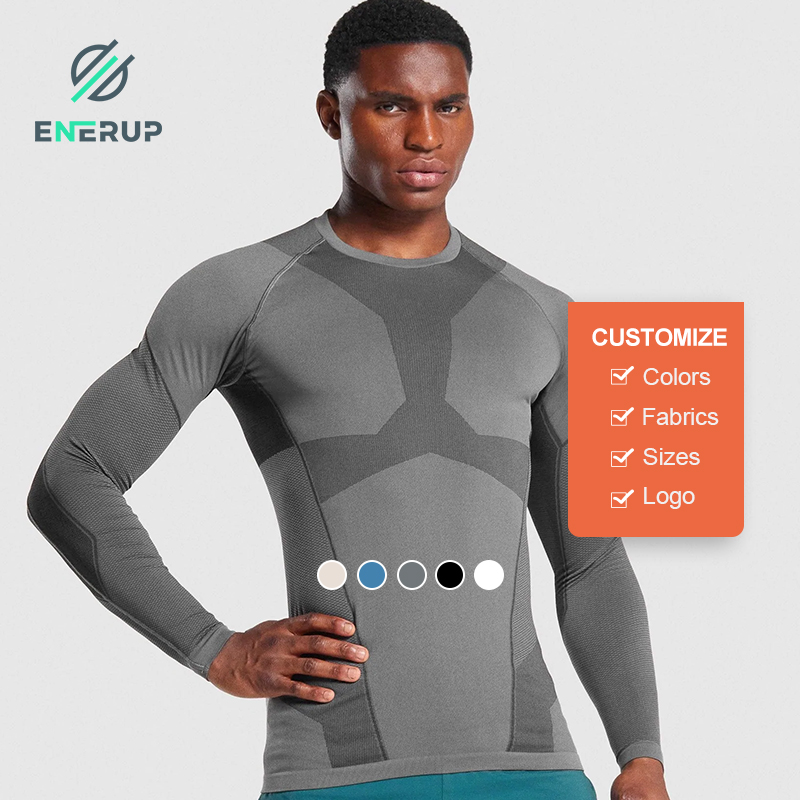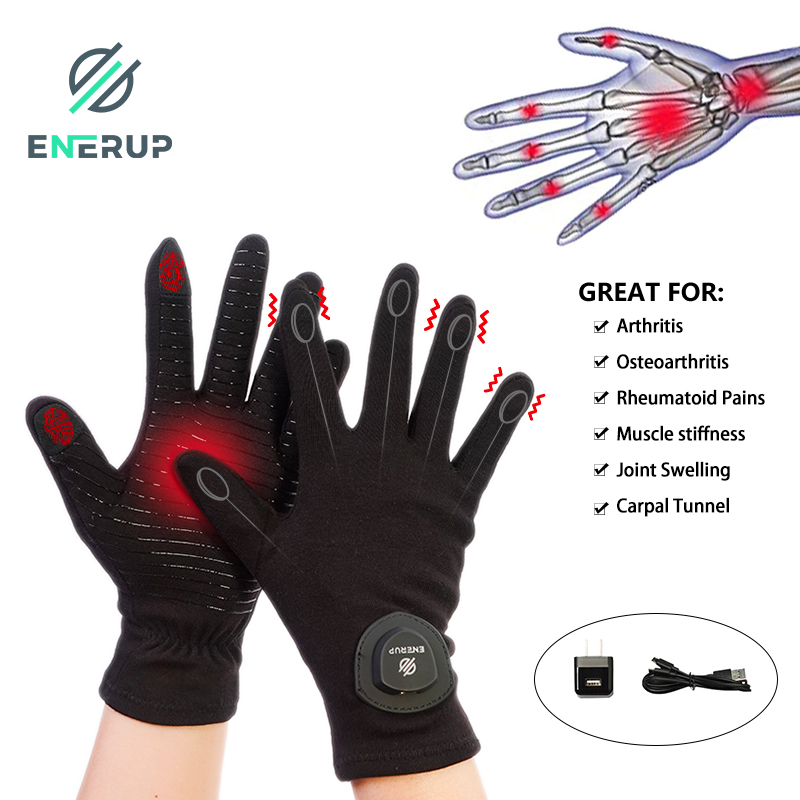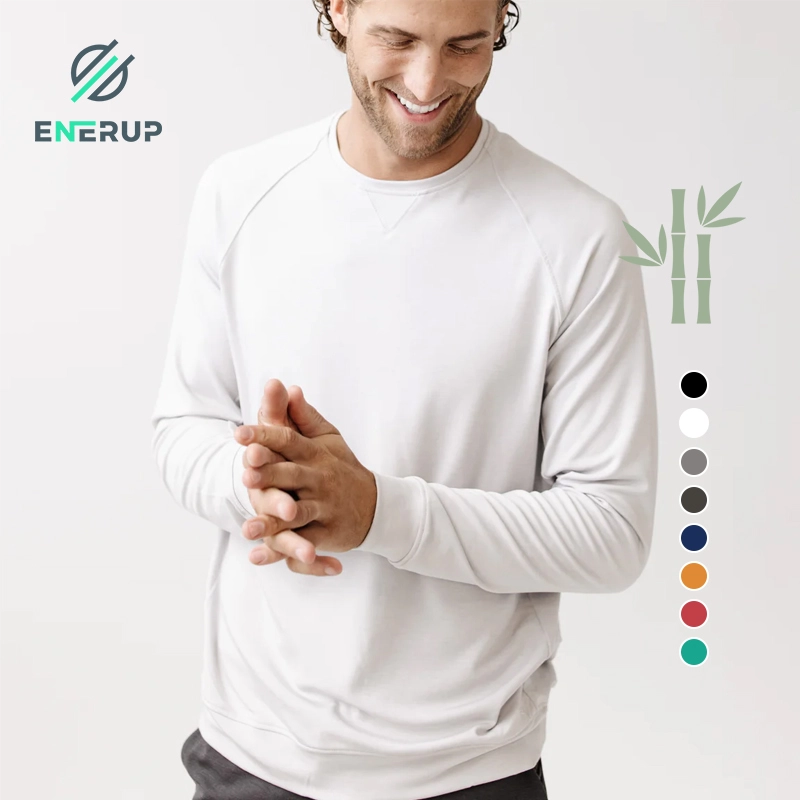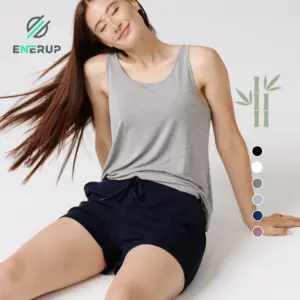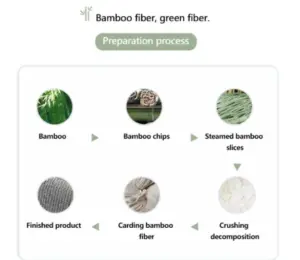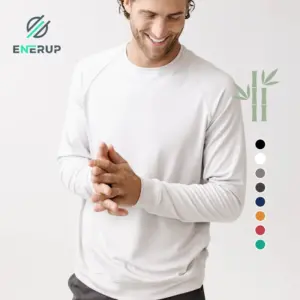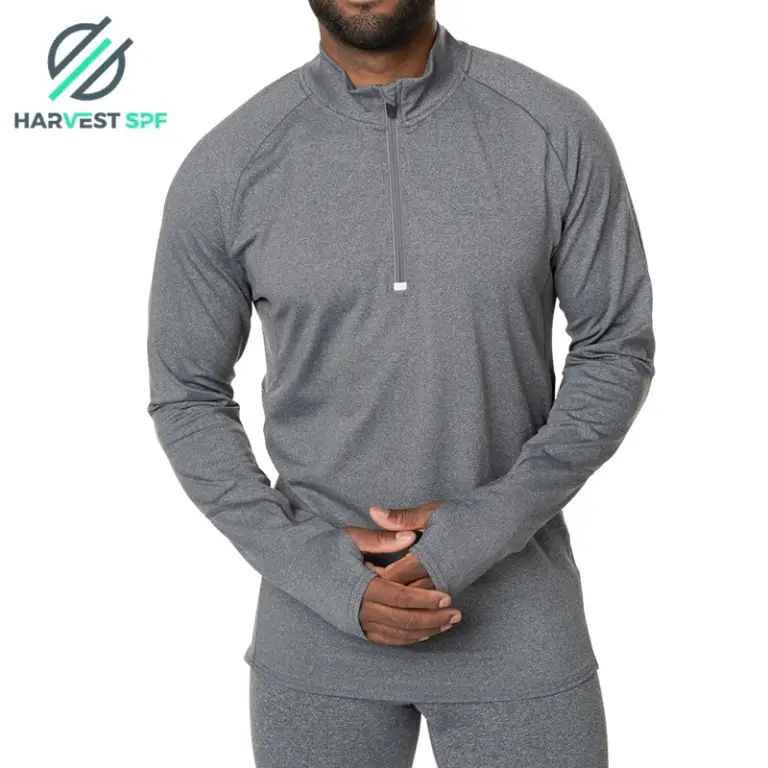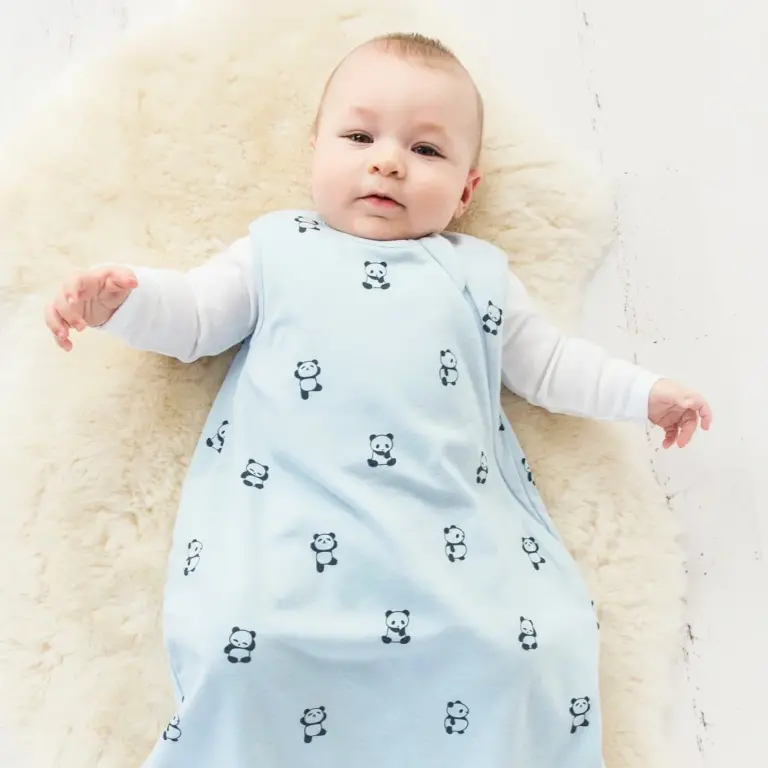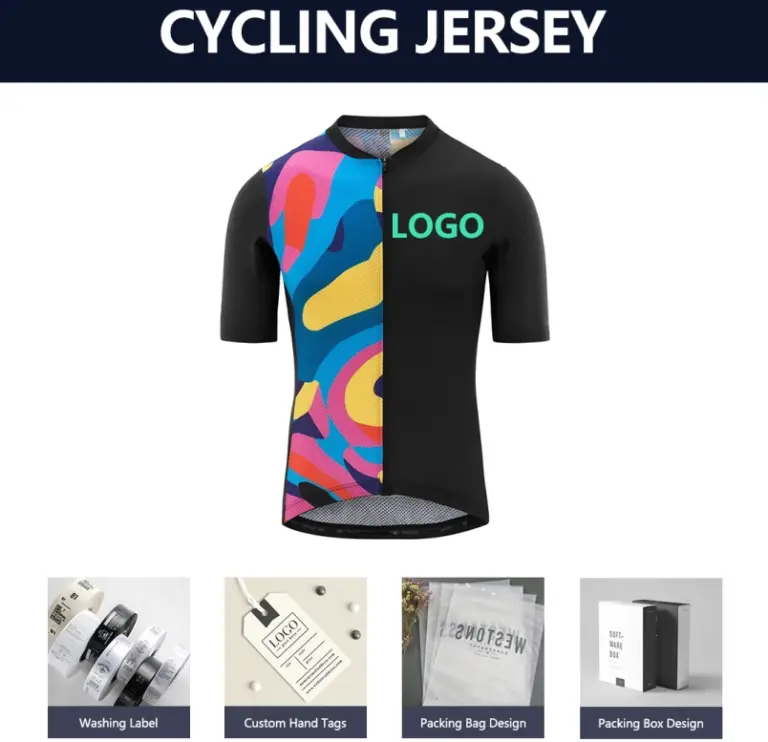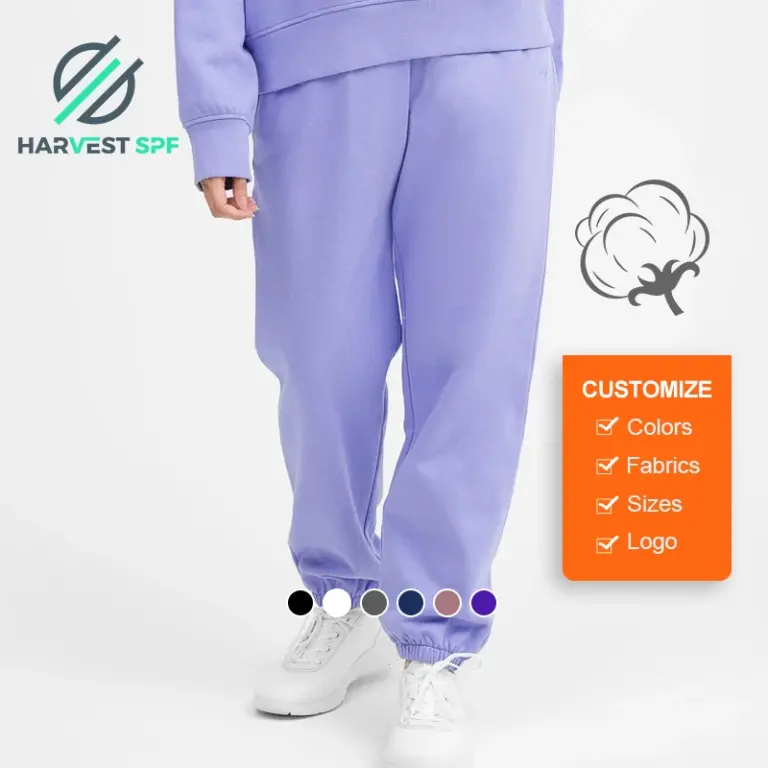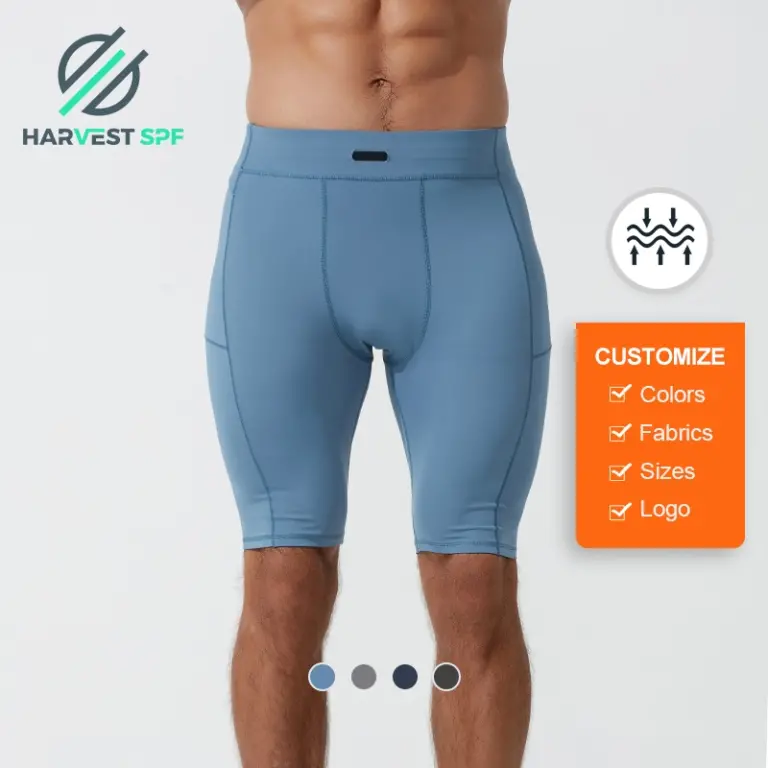What Is Bamboo Fabric?
Bamboo fabric refers to different cloths made from the bamboo plant. People have used bamboo to make fabrics for thousands of years. But only recently have makers improved the process of turning this strong, quick-growing plant into soft cloth. Some types of bamboo fabric are kind to the environment and made fairly. Others can harm nature or the people who make them. This difference makes it important to know how bamboo fabric is made and if it’s made right. This helps buyers make smart choices.
How Is Bamboo Fabric Made?
Bamboo cloth can be made in several ways. It depends on the type of fabric. Most bamboo fabric around the world is bamboo viscose. This is cheap to make. But it has problems for the environment. It can also be risky for workers. To make viscose rayon, workers start by pulling out cellulose from plant pulp. Then, they use strong chemicals to clean out dirt. The cellulose gets treated with harsh soda and carbon disulfide. This turns it into strands using a spinneret. These strands go into sulfuric acid. This makes filaments. Finally, they spin these into yarn.
Another way is using a closed-loop process. This method keeps the cellulose structure the same. It reuses chemicals. This cuts down harm to nature. The greenest way uses natural enzymes on crushed bamboo fibers. Workers wash them and spin them into yarn. This hands-on method makes strong, lasting fabrics. These are often called bamboo linen.
Most bamboo fabric isn’t made this way. To get good bamboo fabric, check that it’s made with a hands-on process. Avoid chemical methods.
How Is Bamboo Fabric Used?
Bamboo fabric can be used for almost anything cotton is used for. It lets air pass through easily. It’s stretchier than cotton. This makes it great for clothes like T-shirts, underwear, socks, and other items that touch the skin. Bamboo fabric is soft and tough. This makes it good for home items like bed sheets, blankets, towels, and washcloths.
Some people like bamboo fabric for close-fitting clothes. They think it fights germs. But studies show this germ-fighting power is mostly gone after the bamboo is turned into cloth. Only bamboo made by hand keeps its good qualities like strength and softness.
Where Is Bamboo Fabric Produced?
Bamboo fabric has been made in East Asia for thousands of years. Places like China and India have long histories of growing and using bamboo. Today, China is the biggest maker. This is because of its long connection to bamboo and cheap production. But loose rules in China worry some people. They fear harmful practices.
Other places making a lot of bamboo fabric include India, Pakistan, Indonesia, and some Western countries like the United States. Often, these places make it for use at home, not for selling abroad.
How Much Does Bamboo Fabric Cost?
Viscose or similar half-man-made bamboo fabrics are usually cheaper than cotton. Hand-made fine bamboo fiber cloth costs more. This is because it’s made in a nature-friendly way. But it can still be less costly than fancy cotton types like Egyptian or Pima cotton. The price changes based on how it’s made and its quality.
What Different Types of Bamboo Fabric Are There?
There are three main kinds of bamboo fabric. These are bamboo viscose, lyocell-type bamboo fabric, and hand-made fine bamboo fiber.
Bamboo viscose is almost the same as other viscose types. The main reason to use bamboo is to save money. But the good qualities of bamboo fibers are not in this type. Buyers should be careful not to mix this up with true hand-made bamboo fabric.
Lyocell-type bamboo fabric uses a closed-loop method. This keeps the cellulose structure the same during making. It holds onto many good qualities found in hand-made bamboo fabric.
Hand-made fine bamboo fiber is the only true “bamboo fabric.” It takes more time and money to make. But it offers big benefits like toughness, softness, and strength.
How Does Bamboo Fabric Impact the Environment?
Bamboo is often called a green fabric. Growing it has little harm to nature. It grows fast and does well in places where other plants can’t. But the green benefits depend a lot on how it’s grown and made.
Making bamboo viscose causes big nature problems. It uses chemicals like lye and carbon disulfide. These are often not reused or thrown away safely. This hurts the environment. Also, workers in some factories face carbon disulfide. This is a poison that can cause serious health issues.
Closed-loop methods are much better for nature. They reuse chemicals. They avoid changing the cellulose structure. This makes them a greener choice.
True bamboo fiber made by hand does not harm nature. It uses natural enzymes instead of bad chemicals. This ensures it’s green. Buyers should choose these nature-friendly options when they can.
Bamboo Certifications Available
Bamboo fabric made by hand can be certified as organic. This means the fibers were grown in a green and fair way. It follows rules like those set by the USDA.
Bamboo fabric made with viscose rayon can’t be called organic. This is because it turns into a half-man-made material during production. Buyers should watch out for false claims about organic labels for these products.
Partner with Harvest SPF Textile Co., Ltd
Started in 1993, Harvest SPF Textile Co., Ltd focuses on “Dress for Health, Dress for Energy.” The company works on research, custom production, and global trading of useful textiles.
Harvest has skilled experts. They focus on new ideas in fibers and fabrics. The company has over 30 patents. It offers modern solutions that meet market needs.
Harvest has a strong trade team. They serve customers in 60 countries across North America, South America, Europe, and Australia. Their clients include big stores, Amazon sellers, and direct-to-customer brands looking for green solutions.
Their products include outdoor warm clothes made from green materials like merino wool blends. They also make eco-friendly basics like sweat-proof undershirts using bamboo lyocell nylon blends. These items focus on being green while staying very useful.
Harvest offers wide customization through their ODM/OEM services. Their material choices include top options like TENCEL™, Modal®, organic cotton, recycled synthetics, and bamboo lyocell. Clients get expert help at every step. This goes from design talks to large production. It ensures high-quality results tailored to specific needs.
Harvest follows fair practices. They hold certifications like RWS (Responsible Wool Standard), OEKOTEX®, WOOLMARK®, BSCI (Business Social Compliance Initiative), and ISO 9001/14001. Their commitment goes beyond products. They offer green packaging solutions that match sustainable values.
Working with Harvest SPF Textile Co., Ltd gives access to new textile solutions. It supports fair trade practices. Their skills ensure top-quality combined with green approaches. This is perfect for today’s buyers’ needs.
FAQ
Q: Does bamboo fiber shrink?
A: Yes, bamboo fiber can shrink. This happens especially with high heat during washing or drying. Wash in cold water and air dry to avoid this.
Q: Is bamboo a synthetic fiber?
A: No, bamboo fiber is not man-made. It is a regenerated cellulose fiber. It comes from natural bamboo plants.
Q: Is bamboo fiber antibacterial?
A: Bamboo fiber has natural germ-fighting qualities. But these may fade during chemical processing in some methods.
Q: Is bamboo fiber better than cotton?
A: Bamboo fiber is softer and lets air pass better. It wicks away wetness better than cotton. But cotton is usually tougher and more common.
Q: Is bamboo fiber biodegradable?
A: Yes, bamboo fiber breaks down naturally. This is especially true when made by hand or with few chemicals.



